Developing a new car, platform or engine can be quite expensive. To help reduce these costs, many brands decide to join forces to create the next generation of products.
However, there are partnerships that are more surprising than others, especially when we look at the engines. You probably know the fruits of the Isuzu-GM link that gave rise to some of the most famous diesel engines used by Opel or even the V6 engines jointly developed by Volvo, Peugeot and Renault.
However, the 10 engines that we are going to talk to you about below are the result of partnerships that are a little more surprising. From a Spanish SUV with a Porsche finger to a Citroën with an Italian engine, there's a little something to surprise you on this list.
Alfa Romeo Stelvio and Giulia Quadrifoglio — Ferrari
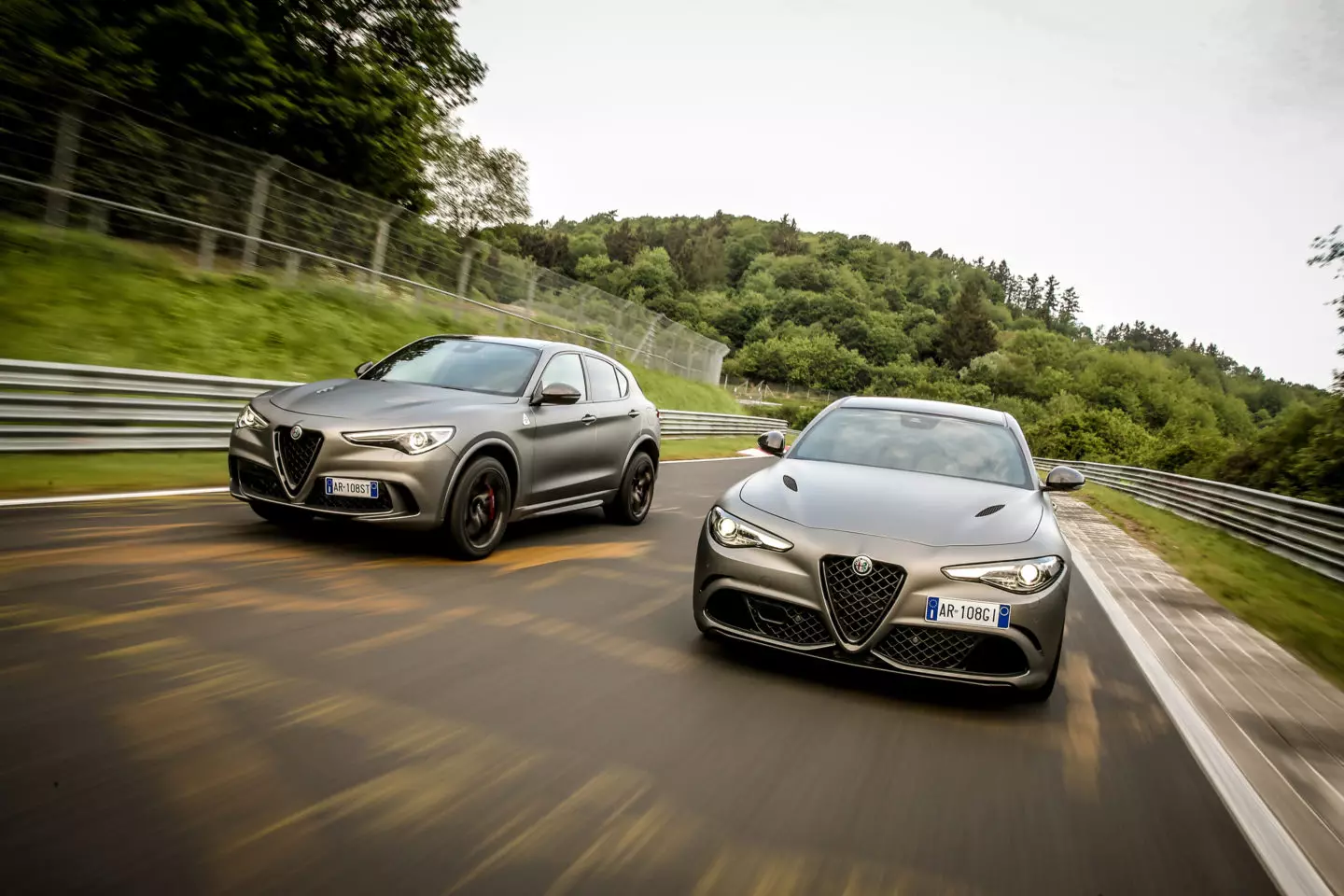
This partnership is not that improbable, but it is unprecedented. If it's true that if there wasn't Alfa Romeo there wasn't a Ferrari, it's also true that if there wasn't a Ferrari there probably wouldn't be Giulia and Stelvio Quadrifoglio — confusing isn't it?
It is true that Ferrari is no longer part of the FCA but despite the "divorce" the relationship has not ended completely. Having said that, it is not surprising that links between FCA and Ferrari continue to exist, to the point where the cavallino rampante brand has developed the engine of the spiciest Alfa Romeos.
Thus, giving life to the Quadrifoglio versions of the Stelvio and Giulia is a 2.9 twin-turbo V6 developed by Ferrari that produces 510 hp. Thanks to this engine, the SUV accelerates from 0 to 100 km/h in just 3.8s and reaches a top speed of 281 km/h. The Giulia, on the other hand, reaches a maximum speed of 307 km/h and fulfills the 0 to 100 km/h in just 3.9s.
Lancia Thema 8.32 — Ferrari
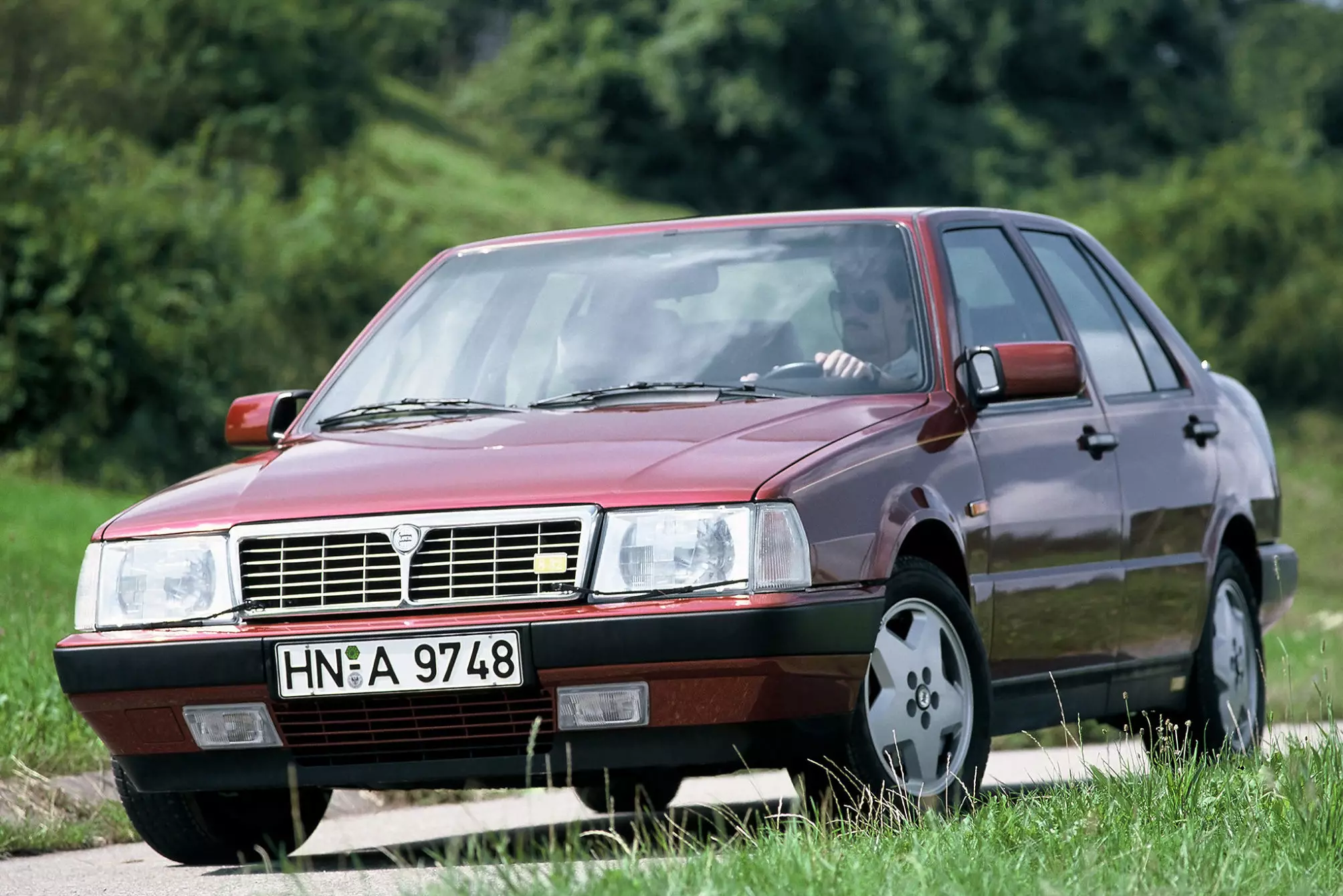
But before Alfa Romeo, a Ferrari engine had already found its way into other Italian models. Known as Lancia Thema 8.32, this is probably the most wanted Thema ever.
The engine came from the Ferrari 308 Quattrovalvole and consisted of a 32-valve V8 (hence the name 8.32) of 2.9 l that produced 215 hp in the uncatalyzed version (at that time, environmental concerns were much lower).
Thanks to Ferrari's heart, the usually quiet and even discreet Thema became a topic of conversation for many rushing parents (and for the law enforcement officers who caught them speeding), as it managed to make the front-wheel drive saloon reach the 240 km/h top speed and fulfilled the 0 to 100 km/h in just 6.8s.
Fiat Dino — Ferrari
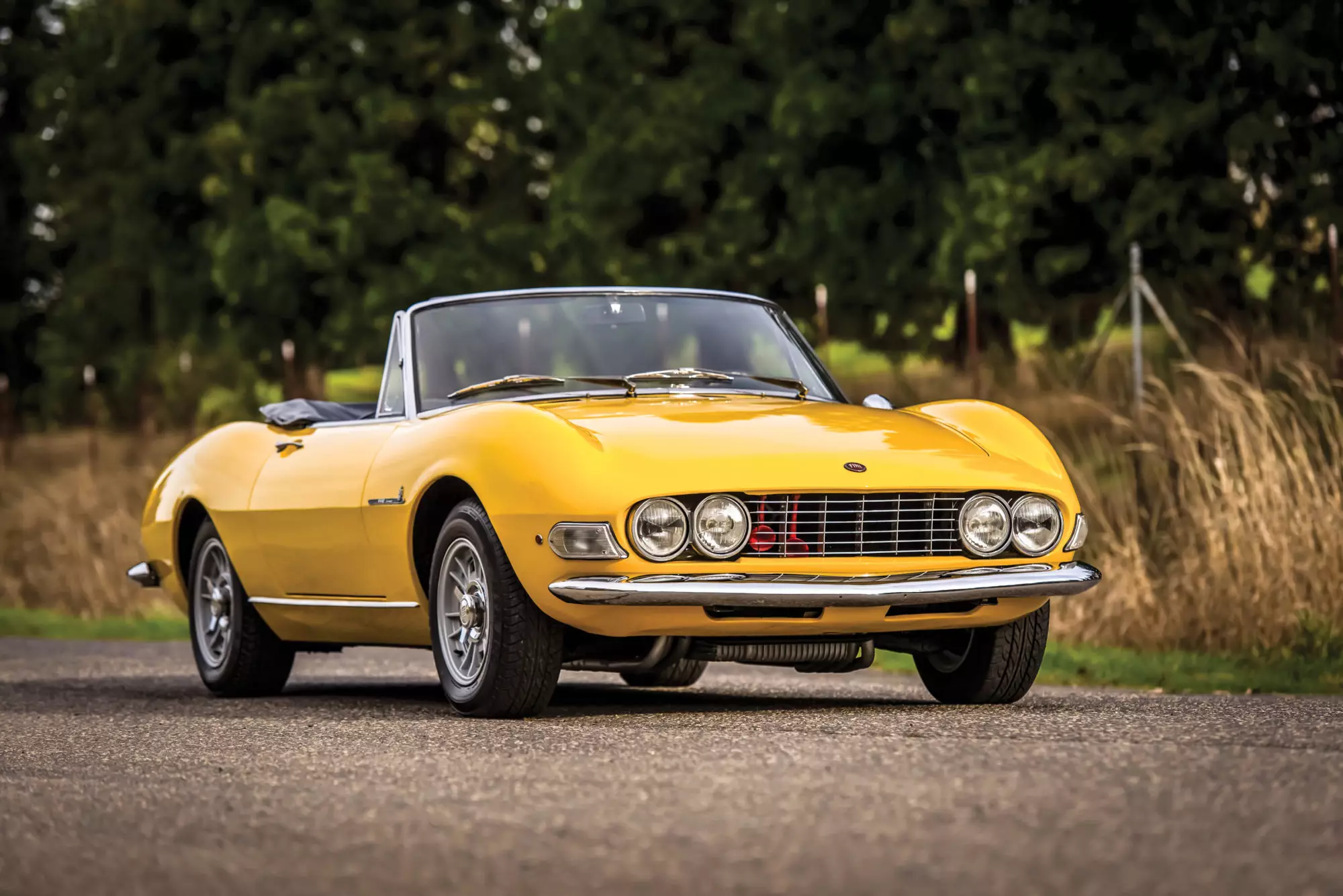
Yes, Ferrari engines have also found their way into a Fiat. the reason for being Fiat Dino it was the need for Ferrari to homologate its racing V6 engine for Formula 2, and a small manufacturer like Ferrari would not be able to sell 500 units with this engine in 12 months as required by regulations.
The V6 would thus be converted to be used in a road car, having appeared in 1966 in the Fiat Dino Spider and months later in the respective coupé. The 2.0 l version delivered a healthy 160 hp, while the 2.4, which emerged later, saw its power rise to 190 hp — it would be this variant that would also find a place in the fantastic Lancia Stratos.
Citroën SM — Maserati
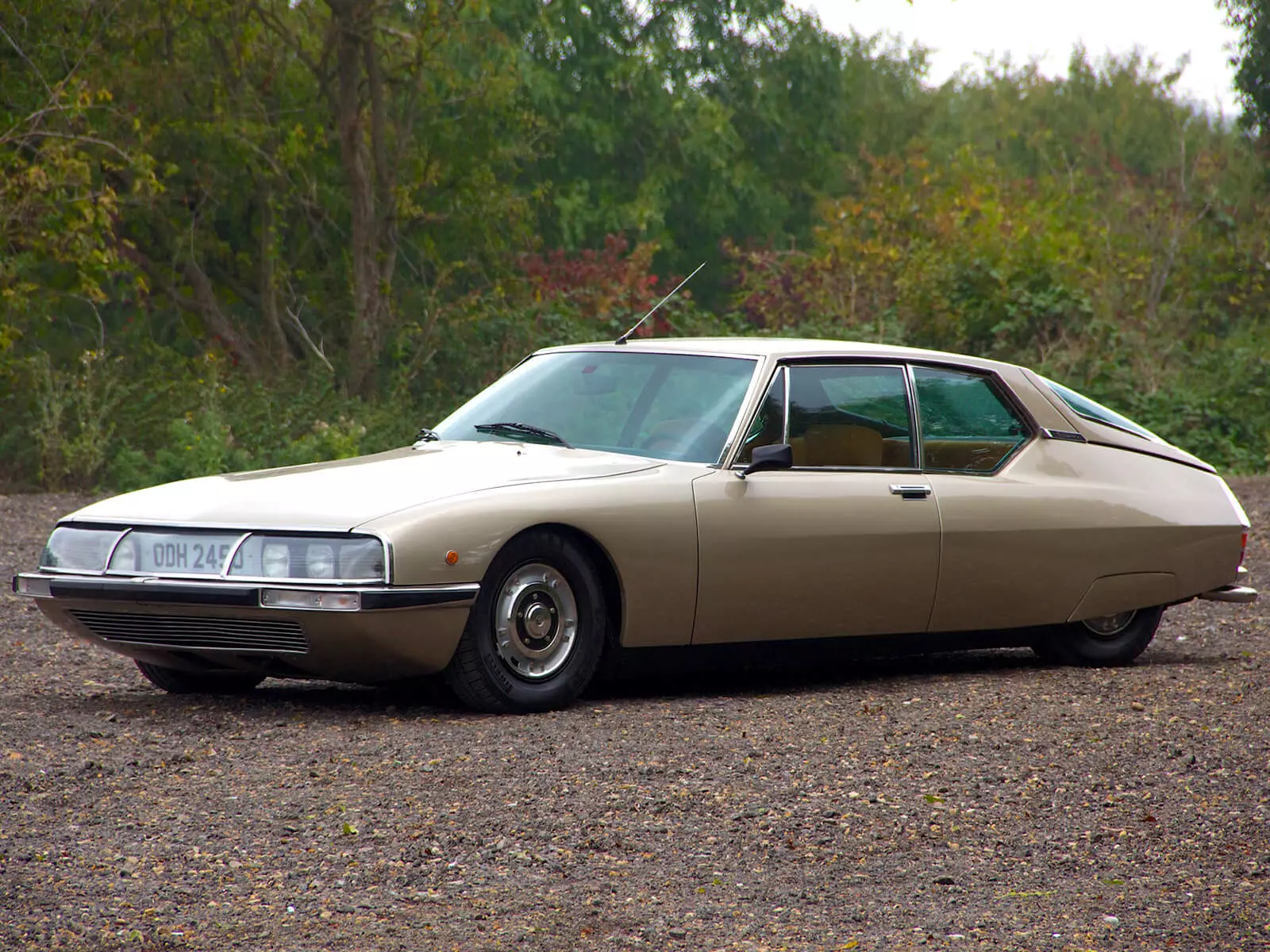
You may not believe it but there were times when Citroën was not part of the PSA group. Incidentally, at that time not only did Citroën not have an arm in arm with Peugeot, it also had Maserati under its control (it was like that between 1968 and 1975).
From this relationship was born the Citron SM , considered by many as one of the most exclusive and futuristic models of the double chevron brand. This model appeared at the Paris Motor Show in 1970 and despite all the attention that its design and air suspension captured, one of the biggest points of interest was under the bonnet.
Is that animating the Citroën SM was a V6 engine of 2.7 l with about 177 hp coming from Maserati. This engine was derived (indirectly) from the Italian brand's V8 engine. With the integration into the PSA group, Peugeot decided that sales of the SM did not justify its continued production and killed the model in 1975.
Mercedes-Benz A-Class — Renault
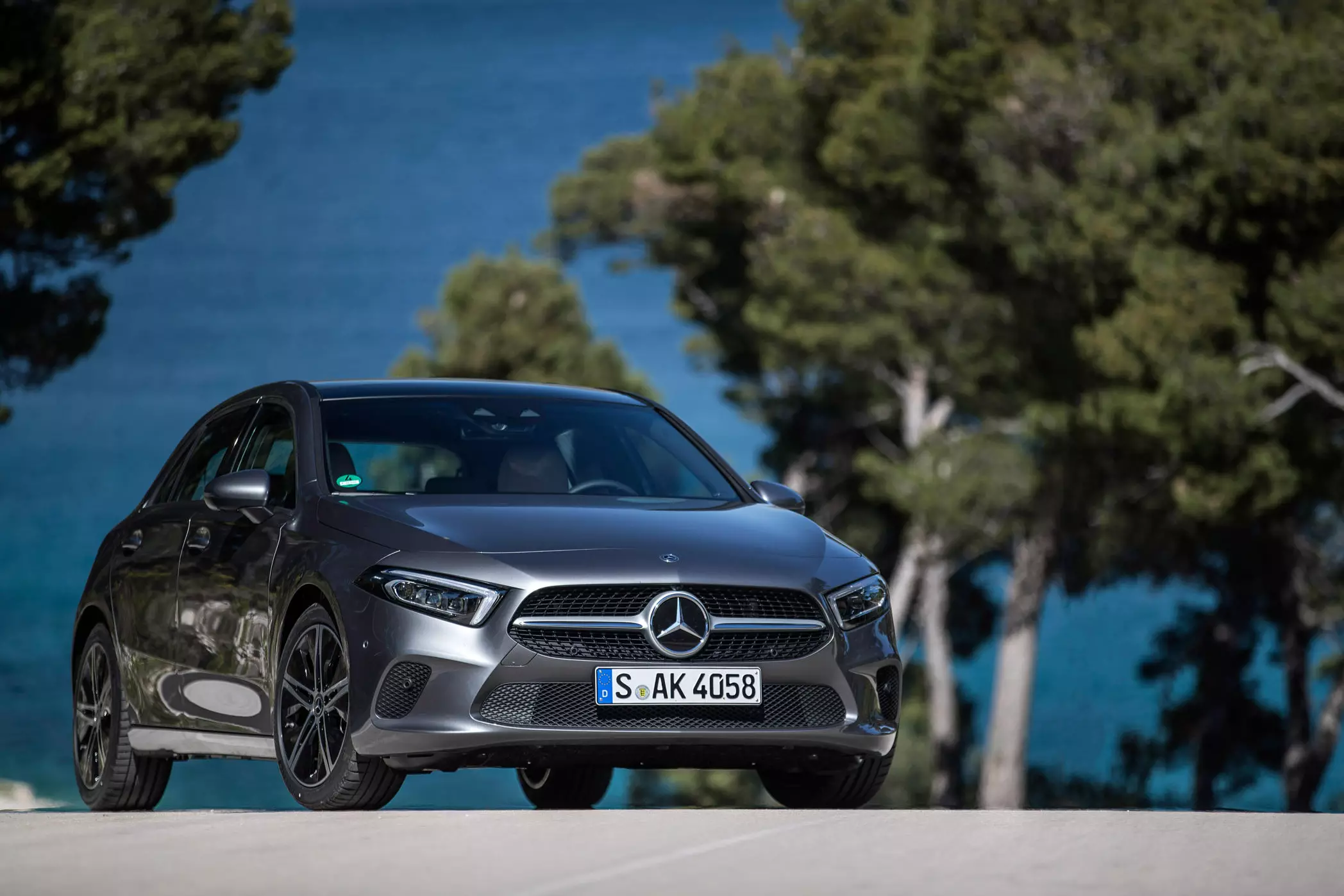
This is probably the best known example of all, but this sharing of engines is nonetheless surprising. Is that seeing Mercedes-Benz, one of the most ancient producers of Diesel engines decide to install an engine of another make under the bonnet of their models even today is a reason for offense to all those who claim “they are no longer made Mercedes like they used to”.
Whatever the case, Mercedes-Benz decided to install the famous 1.5 dCi in the A-Class. The Renault engine appears in the A180d version and offers 116 hp that allow the smallest Mercedes-Benz to reach a maximum speed of 202 km/h and fulfill 0 at 100 km/h in just 10.5s.
They may even consider the use of an engine from another make in a Mercedes-Benz heresy (there has been a controversial decision) but judging by the sales of the previous generation with this engine, Mercedes-Benz seems to have been right.
Subscribe to our Youtube channel.
SEAT Ibiza — Porsche
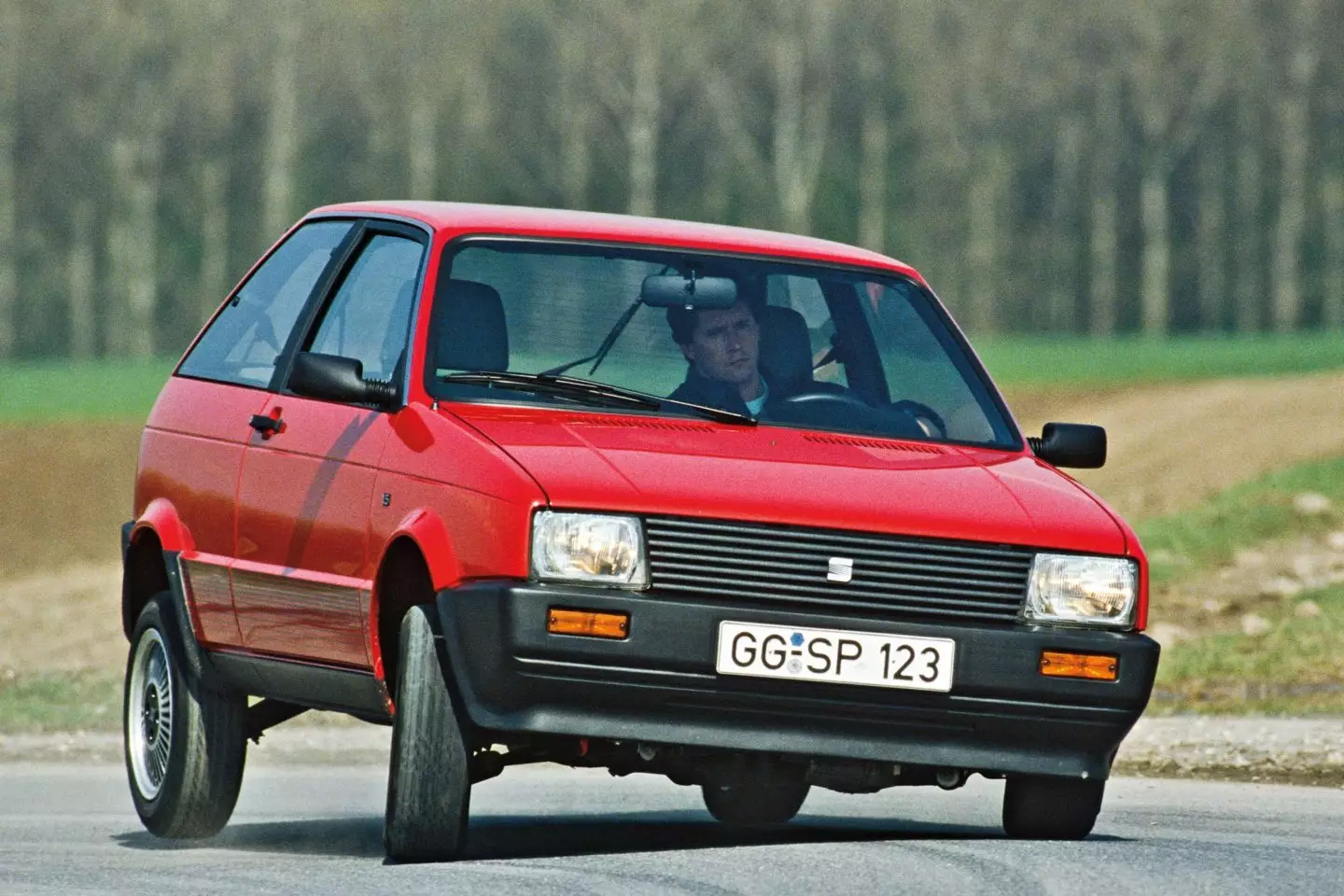
The first SEAT Ibiza was like the scream of SEAT's Ipiranga. Designed by Giorgetto Giugiaro this model has a peculiar history. It started from the base of the SEAT Ronda, which in turn was based on the Fiat Ritmo. The design was supposed to have given rise to the second generation of the Golf, but it ended up giving rise to one of the first SEAT really original and with no similarities to the Fiat models (if we don't count the SEAT 1200).
Launched in 1984, the Ibiza appeared on the market with a body produced by Karmann and engines that had the “little finger” of Porsche. Most likely, if you met someone who drove one of those early Ibizas, you heard him boast that he drove a car with a Porsche engine and, truth be told, he wasn't completely wrong.
On the valve caps of the engines used by SEAT — a 1.2 l and a 1.5 l — appeared in big letters “System Porsche” so that there was no doubt about the contribution of the German brand. In the most powerful version, the SXI, the engine was already developing around 100 hp and, according to legend, it gave Ibiza an enormous appeal to visit petrol stations.
Porsche 924 — Audi
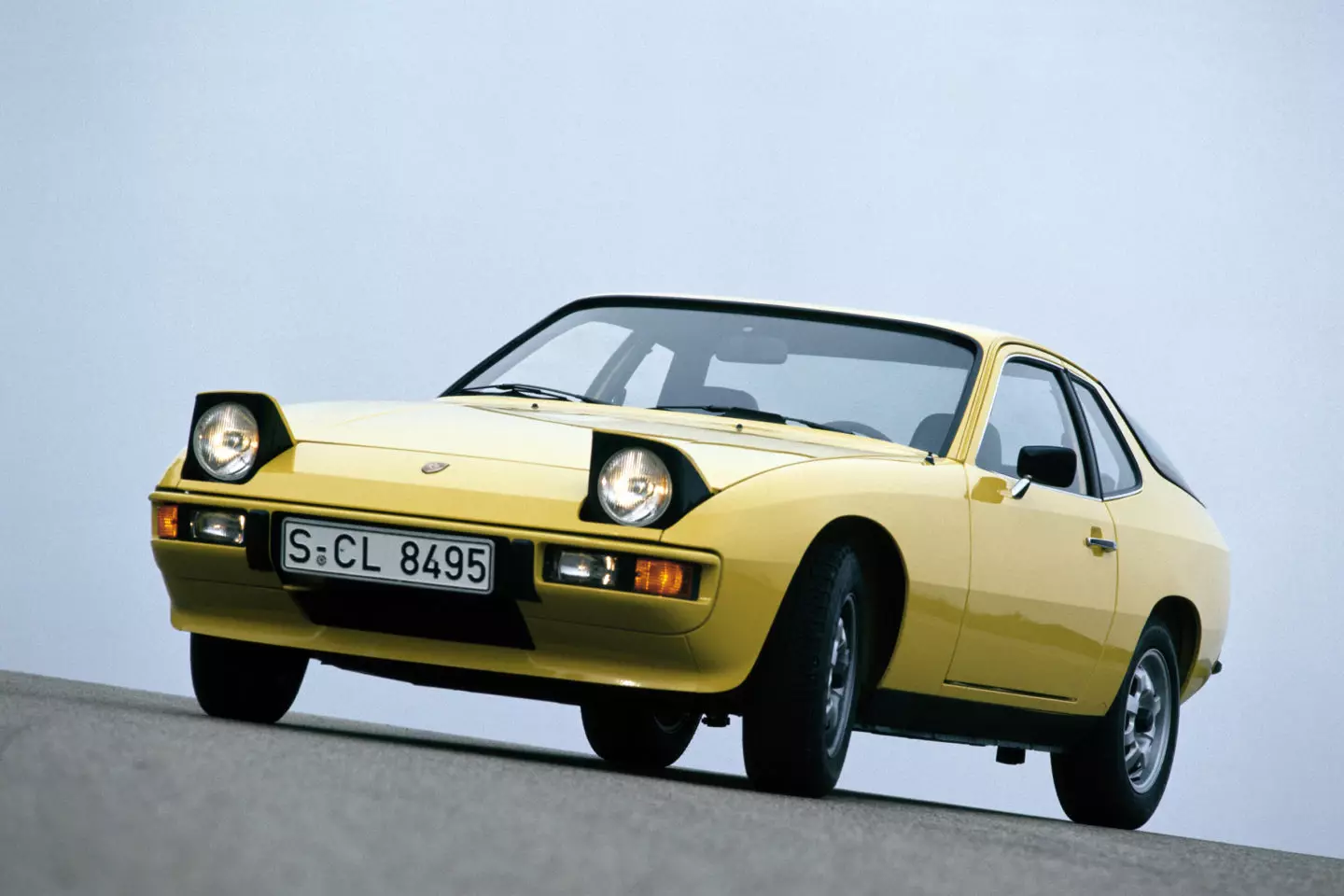
Have you ever been to a birthday party and seen that nobody wanted that last piece of cake and that's why you kept it? Well, the way the 924 ended up at Porsche was a bit like that, as it was born as a project for Audi and ended up in Stuttgart.
Thus, it is not surprising that the ugly duckling of Porsche for many years (for some still is) resorted to Volkswagen engines. Thus, the front-engined, rear-wheel-drive Porsche ended up with a 2.0 l, in-line four-cylinder Volkswagen engine and, worst of all for fans of the brand, water-cooled!
For all those who managed to look beyond the differences in relation to other Porsche models, a model with good weight distribution and interesting dynamic behavior was reserved.
Mitsubishi Galant — AMG
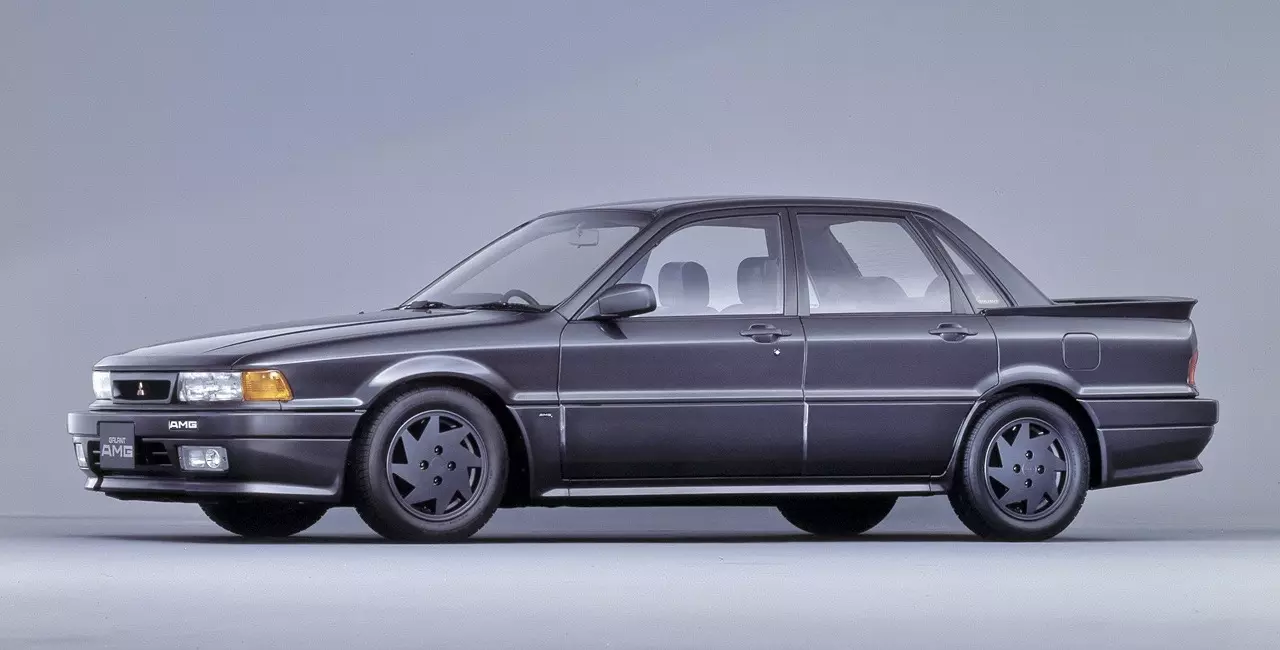
You're probably used to associating the AMG name with the sportier Mercedes-Benz versions. But before AMG decided to reserve its future for Mercedes-Benz in 1990, it tried to experiment with a relationship with the Mitsubishi from which the Debonair (a saloon that is so poorly forgotten) and the Galant were born.
If at Debonair the work of the AMG was only aesthetic, the same did not happen in the case of the Galant AMG. Despite the engine being from Mistubishi, AMG moved it (a lot) to increase the power of the 2.0 l DOHC from the original 138 hp to 168 hp. To get 30 hp more, AMG changed the camshafts, installed lighter pistons, titanium valves and springs, high-efficiency exhaust and worked inlet.
Altogether around 500 examples of this model were born, but we believe that AMG would have preferred it to have been much less.
Aston Martin DB11 — AMG
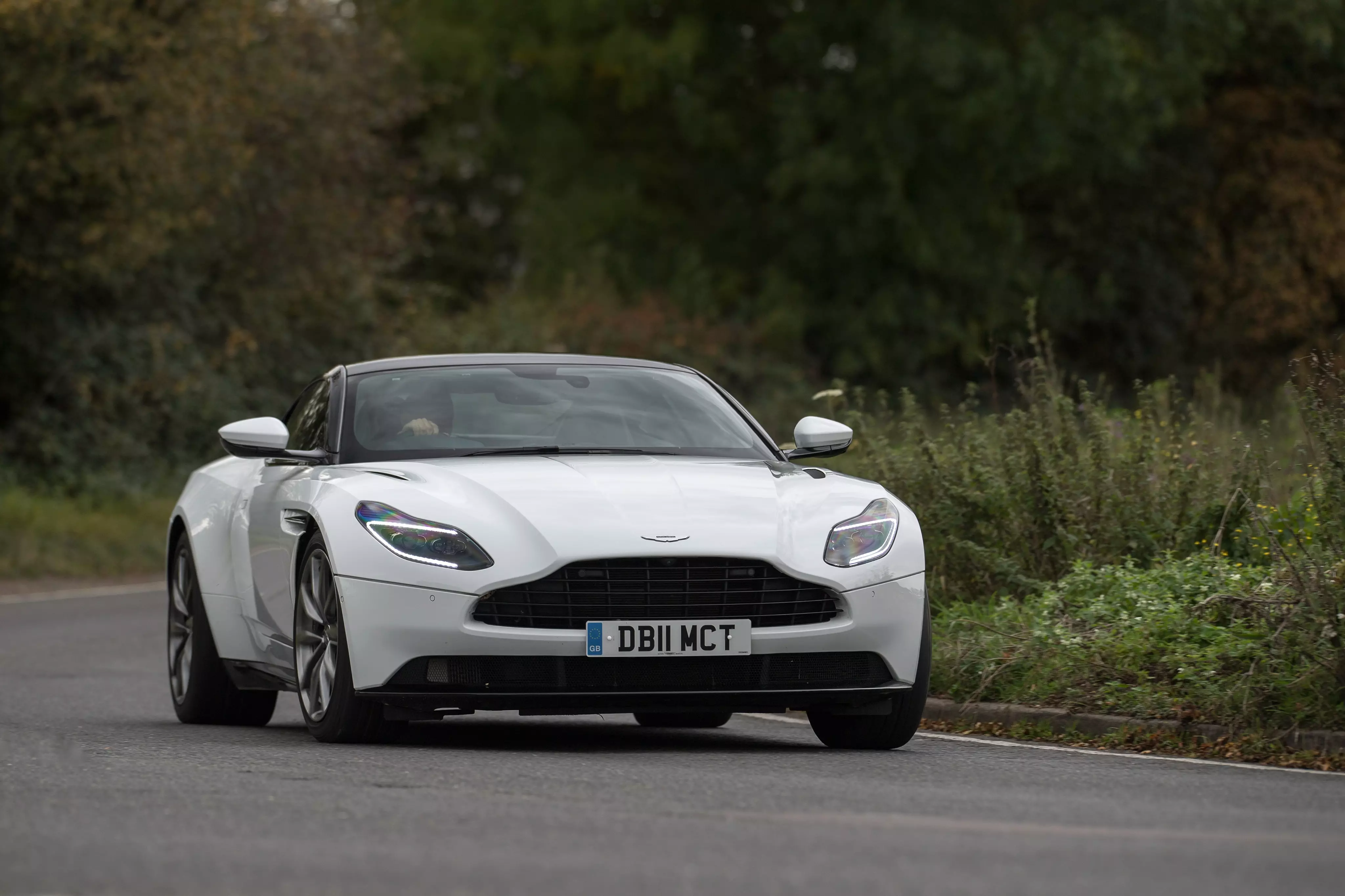
After the marriage to Mercedes-Benz, AMG practically stopped working with other brands — the exception made to Pagani and more recently to Aston Martin. The association between the Germans and the British allowed them to find a more affordable alternative to their V12s.
Thus, thanks to this agreement, Aston Martin started to equip the DB11 and more recently the Vantage with a 4.0 l 510 hp twin-turbo V8 from Mercedes-AMG. Thanks to this engine, the DB11 is able to reach 0 to 100 km/h in just 3.9s and reach a maximum speed of 300 km/h.
Much better than the partnership between AMG and Mitsubishi, isn't it?
McLaren F1 — BMW
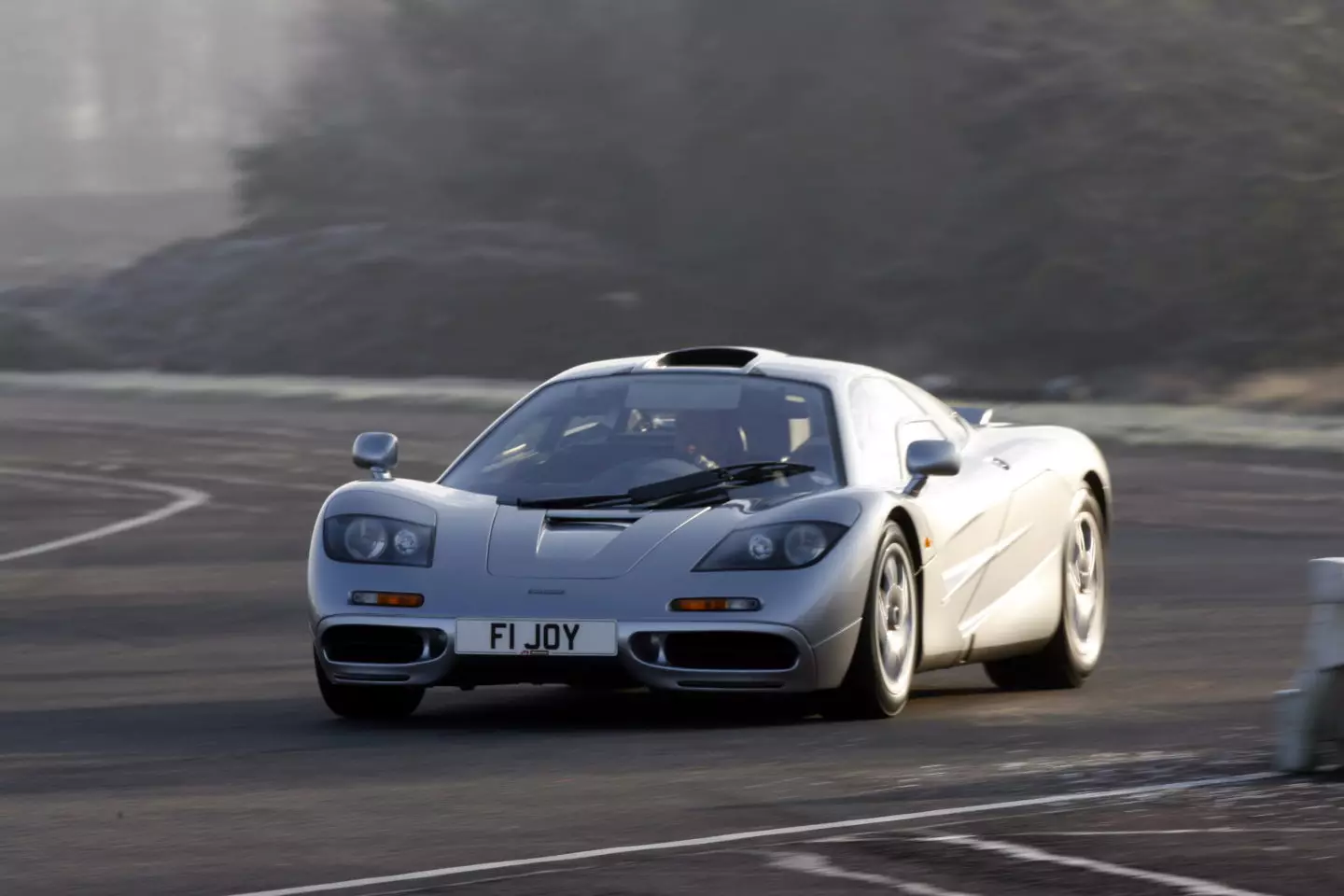
The McLaren F1 is known for two things: it was once the fastest production car in the world and for its central driving position. But we have to add a third, its fantastic atmospheric V12, considered by many to be the best V12 ever.
When Gordon Murray was developing the F1, the choice of engine proved to be crucial. First he consulted Honda (at that time the McLaren Honda combination was unbeatable), which he refused; and then Isuzu — yes, you're reading that well … — but finally they came knocking on the door of BMW's M division.
There they found the genius of Paul Rosche , which delivered a naturally aspirated 6.1L V12 with 627 hp, even exceeding McLaren's requirements. Capable of delivering 100 km/h in 3.2s, and reaching 386 km/h of speed, it was for a long time the fastest car in the world.
And you, which engines do you think could be included in this list? Do you remember any more amazing partnerships?
